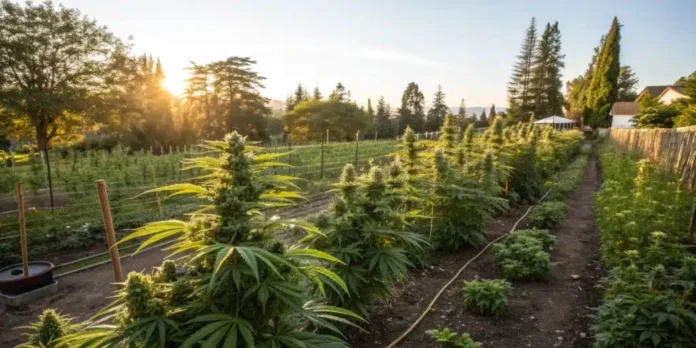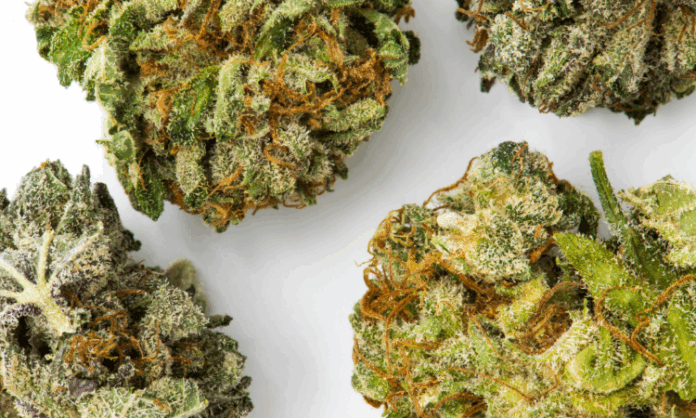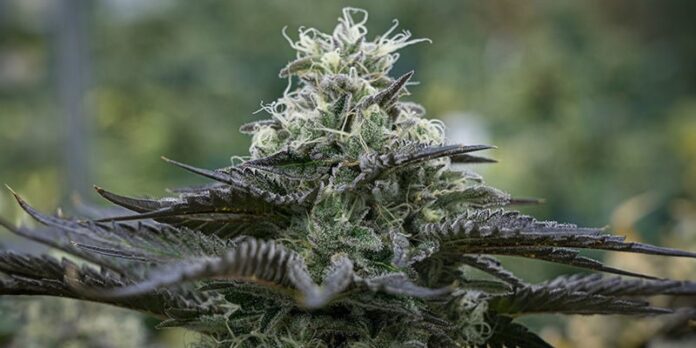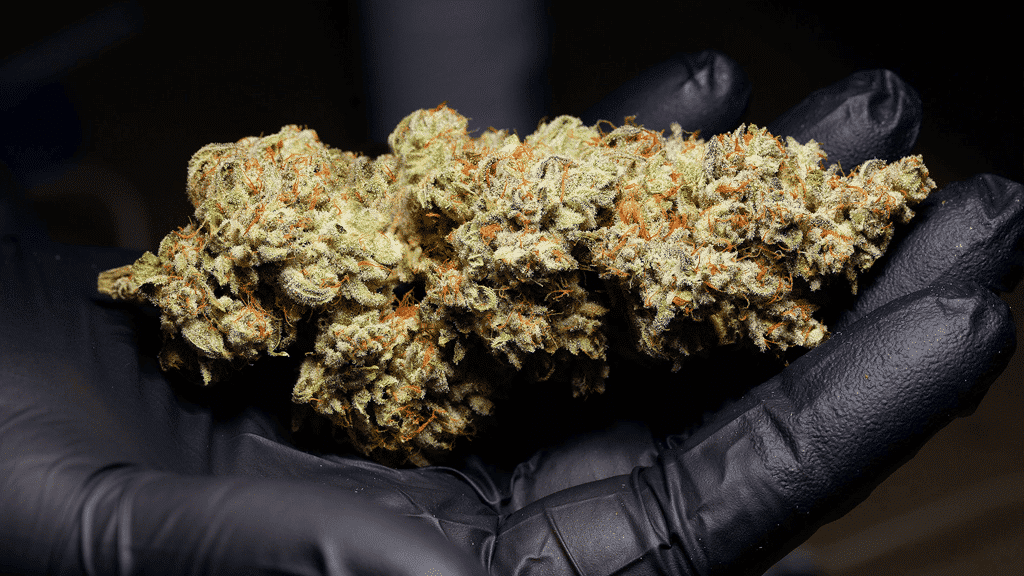As we move toward 2025, cannabis cultivation keeps evolving: breeders are pushing potency, stability, and yield further than ever, while growers, hobbyists, and professionals alike are seeking seeds that deliver reliability under a wide range of conditions.
This article dives deep into the top cannabis seeds to consider this year: feminized, autoflowering, and high-yield strains that are standing out in the crowded field.
Along the way, you’ll find pros and cons, practical cultivation notes, and real-world strain suggestions to inform your next grow.
Understanding the Categories: Feminized, Autoflowering, High-Yield

Before naming specific strains, it’s essential to clarify what these labels mean in 2025’s cannabis landscape—and how to choose between them.
- Feminized seeds are bred so that virtually all plants grow as females, eliminating the need to cull males. They respond to photoperiod (light schedules) and give you greater control over vegetative vs. flowering phases.
- Autoflowering seeds shift into flowering automatically after a set time, regardless of light cycles. Their appeal lies in speed and simplicity—growers can stack multiple harvests per year or squeeze in a crop in limited time windows.
- High-yield strains are not a separate class but a feature—some feminized or autoflower seeds are specifically bred for heavy bud production under ideal conditions.
In practice, many serious cultivators use a blend: feminized plants in stable environments, autos where timing or stealth is essential, and high-yield genetics whenever possible.
One notable supplier worth inspecting is Royal King Seeds, which now offers an extensive catalog covering feminized, autoflowering, and performance-focused varieties.
Their offerings show how seed banks are increasingly combining traits to meet modern growers’ demands.
Top Feminized Strains for 2025: Stability Meets High Performance

When you have enough control over your environment – light cycles, nutrition, space – feminized strains remain a top choice. In 2025, a few varieties have distinguished themselves for stability, vigor, and harvest quality.
One strong pick is 303 OG Feminized, one of the highlighted varieties. It’s a hybrid with a robust structure and potential for both indoor and outdoor cultivation. Another high-performance option is 24k Gold Feminized, valued for resin production and flavor complexity.
More broadly in the industry, strains like Northern Lights, Blue Dream, and Girl Scout Cookies continue to be benchmarks because they combine predictable growth habits, broad resilience, and excellent terpene profiles. (Many seed banks still promote these as core feminized varieties.) Beyond this, breeders now often release “feminized + resin boost” lines—plants specially selected for cannabinoid and terpene expression under indoor LED conditions.
When choosing feminized seeds, always check for:
- Proven lineage and phenotypes
- Resistance to common molds, pests, and environmental stresses
- Balanced nutrient profiles (so you’re less likely to burn or starve a plant)
Because feminized plants depend on photoperiod, you also have flexibility to train (topping, LST, SCROG) before inducing flowering—this can push yields beyond what simpler, fixed-structure autos can deliver.
Best Autoflowering Strains in 2025: Fast, Stealthy, Reliable

Autoflowers remain immensely popular among gardeners who want less fuss and faster cycles. Over the last few years, breeding has pushed autos’ potency close to that of photoperiod varieties, and some new strains are now among the most talked-about in grower forums.
Notable Autoflower Picks
- Guava Auto by Fast Buds claimed first place in the 2025 Autoflower World Cup for its blend of potency, growth rate, and flavor.
- Mimosa Auto earned high marks in the same ranking and is praised for its energetic sativa-leaning high.
- Sticky Queen Auto is another standout—one of the “strongest autoflower strains 2025,” reporting THC above 25%.
- Auto Critical Orange Punch (Dutch Passion) is a more outdoor-oriented autoflower that pairs resilience with XL yields and citrus notes.
- Auto Skywalker Haze has been spotlighted by Dutch Passion as a high-THC sativa-auto strain, often testing over 25% under optimal conditions.
Why growers love modern autos
- Speed: Many autos mature in 8–10 weeks from seed, enabling multiple harvests per season.
- Hardiness: Thanks to ruderalis genetics, they tolerate variable conditions, temperature swings, and mild stress better than many photoperiod plants.
- Compact size: Great for indoor setups, balconies, or low-ceiling spaces.
- Predictability: No need to manipulate light schedules; just germinate and grow.
But don’t treat them as a free lunch. Autoflowers can’t handle heavy stress (like topping too late), and overfeeding is a common pitfall: they prefer gentler nutrient regimens. In many cases, their yield will lag behind a well-tended photoperiod plant unless the genetics are truly exceptional.
High-Yield Strains: Maximizing Output in 2025
If your aim is volume—more grams per watt, more ounces per plant—here are some of the most promising high-yield cannabis genetics for 2025.
| Strain or Line | Growth Type | Highlights | Notes for Growers |
| Jelly Donutz | Photoperiod | THC range 30–35 % in many tests | Needs sturdy support, balanced feeding |
| Hella Jelly | Photoperiod | 29–35 % THC, fruity profile | Watch for stretch; manage height |
| Gorilla Glue Auto | Autoflower | Among the strongest autos in the catalogs | Great choice for high-output autoflower lovers |
| Auto Critical Orange Punch | Autoflower | XL yields outdoors with 20 %+ THC | Suits temperate outdoor climates |
| Sticky Queen Auto | Autoflower | >25 % THC and compact structure | Fantastic resin coverage and density |
These strains illustrate that high yield is no longer the sole domain of massive photoperiod monsters. A top-tier autoflower can now compete in output per square meter when conditions are dialed in.
Key cultivation tips to maximize yield:
- Optimize canopy light penetration — use SCROG or LST to expose lower buds.
- Maintain balanced nutrition, especially during bloom—too much nitrogen late harms bud production.
- Defoliate smartly—remove redundant leaves to improve airflow.
- Support colas and stalks — large flowers may snap branches under their own weight.
Challenges and Real-World Considerations
No matter how good the seed genetics are, real-world growing is always shaped by constraints and trade-offs. Here are a few hurdles to watch in 2025:
- Legal/regulatory constraints: In many regions, cultivation remains limited or heavily regulated. Always check local laws before acquiring seeds.
- Environmental fluctuations: Heat, humidity, pests, and microbial issues remain among the top yield killers—no genetics alone can cure neglect.
- Seed bank reliability: Newer or less-known seed banks may struggle with germination quality or mislabeling.
- Genetic stability: Even elite strains sometimes “throw” lower-performing phenotypes. Be prepared to discard or cull weaker plants early.
- Nutrient & pH balance: Especially at scale or with high-performance genetics, small mistakes in feeding or pH can dramatically reduce yield or quality.
Final Thoughts
As you gear up for the 2025 season, the horizon of cannabis genetics continues to widen. Feminized seeds still offer unmatched control when the environment is stable; autoflowering seeds now deliver potency and speed once reserved for photoperiod varieties; and “high-yield” lines force us to redefine expectations of output.
If you’re building a seed list, I’d recommend combining a few autos (for fast harvests or restricted spaces) with one or two powerhouse feminized strains.
Always start small, test your environment, and observe your cultivars closely. Genetics offers potential, but success lies in the balance of plant, grower, and conditions.







